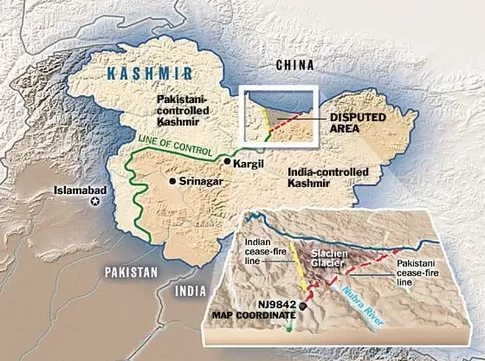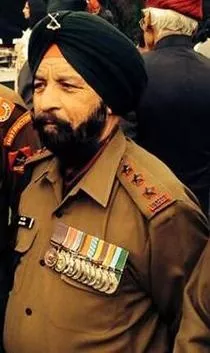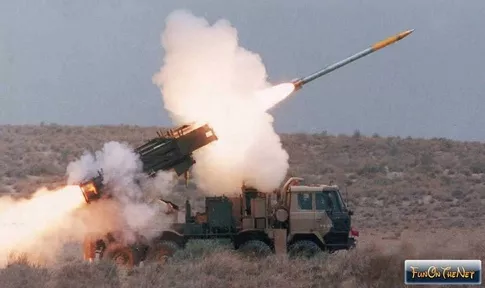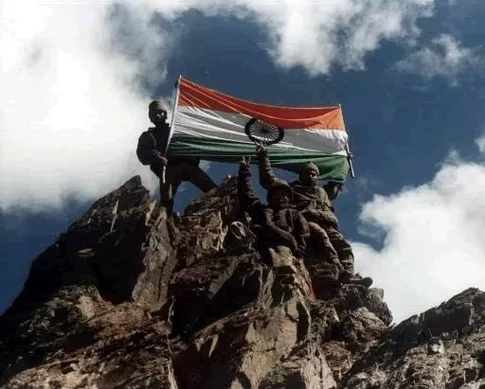This happened during Kargil War which took place between May and July 1999.
Why did the Kargil War take place?
There were mainly 2 areas of importance – Drass and Kargil. These are roughly 42 kms apart from each other.
Pakistan had a battle plan to capture Drass and Kargil and once they would’ve captured these territories completely, India would negotiate for these and Pakistan would ask for Siachen in return.

Importance of Siachen Glacier
Now let me shed some light why Siachen is an important ground for Pakistan. There’s a highway which leads from Islamabad to Lhasa (Capital of Tibet) and the southern side of the Siachen glacier touches the highway. So, if India got the control over that highway, they would easily destroy the road connection between Pakistan and China and that road way would be of no importance if India Captured it. India realised this in 1983. According to the Simla Agreement in 1972, the LOC was defined upto the Siachen Glacier and beyond that the LOC is mentioned “and as the ridge follows” because it’s too much of a rocky mountain range and hence instead of defining it completely it was mentioned as “and as the ridge follows.”

In 1983, the Military Intelligence of India informed the military chiefs that Pakistan is trying to infiltrate the Siachen Glacier. The military chiefs met with Indira Gandhi. Without hesitating, Indira ji gave an order to capture the Siachen Glacier. That time, Bana Singh along with 30 men scaled the glacier, reached the topmost point alive and set up Indian Army’s camp. That highest point at Siachen Glacier is named after him i,e. Bana point.
Bana Singh was awarded Paramveer Chakra for his accomplishment. (Paramveer Chakra is the highest military award that any military official could receive and he received it while he was alive.)

First action taken through ground troops.
The first action against Pakistan started in May 1999.
A certain Captain Amit Verma along with 6 soldiers was sent to Reconnaissance i.e survey that area. He never returned.
In order to find him, Captain Saurabh Kaalia along with 6 soldiers was sent. He never returned. 6 days later, the Pakistani Army sent the corpses of Capt. Saurabh Kaalia and other 6 soldiers as a “gift” to India.
Their bodies were horribly tortured beyond explanation by the Pakistanis. Capt. Saurabh was originally from Amritsar, Punjab. His whole family was in the military. When his body was brought home for cremation, his elder brother said “I’m proud of my brother. My only concern is that we only 4 brothers. If we were any more, we would have not hesitated to send all of them to fight for the country.”
After the Indian Army won the Tololing Peak, they found the corpse of Captain Amit Verma and his associates. He was from Pune. When his corpse wrapped in the tiranga was brought back to Pune, his crying and wailing mother said to the media “Bajpayee jee ko abhi bol do ki ab hamare zameen ka ek inch bhi Pakistan ko mat do.”
Second action taken through aerial troops
Now the Indian army realised that sending ground troops was not useful. So they decided to do surveillance by air. The first plane that was sent to survey was of Flight Lieutenant K. Nachiketa. Exactly above the Tololing Peak, his plane was shot down by Pakistani Anti Aircraft Guns. He was never found. Next in for surveillance was K. Nachiketa’s squadron leader Ajay Ahuja. Even he got hit and didn’t return but after the war was over they found his corpse lying in the snow. From the corpse it was evident that he didn’t die of a bomb hit but was tortured brutally. Ajay Ahuja had a 26 yr old wife and a 4 yr old child. When his corpse was brought back to Delhi, his crying 26 yr old wife said was “I’m proud of you Ajay.”

Action plan and execution
The Indian Army now sprang into serious action. They realised that neither ground nor air surveillance had proven fruitful. Now they decided on a battle plan which would be executed in steps. The first aim was to win the Tololing Peak. A group of soldiers started to scale the peak during the evening. Every soldier was carrying a weight of almost 40kgs which included the bulletproof vests, night vision devices, arms and ammunitions. Enemies sat in a bunker at the top of the peak armed with machine guns that would fire 1500 bullets per minute.
The commanding officer for the Tololing capture was Major Sarvanan and his second in command was Lieutenant Tomar who was just 23 year old. Just 4 months before he had completed his NDA training and got directly commissioned at the Kargil war. This was his first war. After 6 hours of trekking, they reached 100m away from the bunker at 2 am in the night. The plan was to stealthily crawl 100m towards the bunker and toss hand grenades into them and kill the enemy. When they reached 10m close to the bunker, the firing started and Major Sarvanan got killed by the bullet which exactly hit in between his eyes. Now Lieutenant Tomar who was handling the right flank of the group saw this through his night vision device, but that 23 yr old guy didn’t budge. He got hold of Major Sarvanan’s radio and told the other troops that were scaling the mountain that Maj. Sarvanan is dead, i’m his 2IC and we will continue. He knew that it wasn’t possible to attack from the front with these machine guns posted and hence he attacked from behind the bunkers and destroyed them.
There was another peak between Tiger Hill and Tololing and Capt. Sachin Nimbalkar (aged 23-24) was given the responsibility to capture it. He started to scale that peak in the evening. He reached the top at 4am. In those areas, the sun would rise at 4.30am. He had only half an hour. Once the sun had risen, it would be impossible to fight the enemy and even retreat. He realised this and did the impossible. Through the radio, he contacted the artillery, gave them the exact co-ordinates of the bunker and told them to bomb it. Thus they captured this peak. Sachin Nimbalkar won a veer chakra for this heroic deed.
The Indian Army had Anti Aircraft Guns but didn’t have gun locating radar’s on them. The Anti Aircraft Guns have a range of 15-17 kms. When he enemy fires a bomb from the other side, the radars determine the exact location of the origin of the bomb by measuring various factors such as the distance, direction and impact of the bomb. The Indian Army soldiers were so skilful that they could determine the exact location of the origin of the bomb without the help of these gun locating radars. This was done by sending 3-4 soldiers at an OP (observation point) from where the enemy base would be clearly seen. Along with their night vision devices and radio sets with some permutation and combination they would determine the exact co-ordinates of the base and would send them to the artillery and then the artillery would bomb that base.
Another such incident was that the military intelligence had a news that there was an ammunitions factory in the Gilgit (It is the Pakistani controlled part of Kashmir) and it had to be destroyed. A major was geared up and set at an OP with the radio sets. A truck full of 40 rockets was stationed below. As and when he would give the gradians of the location, the rockets used to fire. He took 1.5 hours to fire 7 rockets. The 7th rocket exactly hit the target and with no more delay he fired the next 33 rockets in a matter of 3.5 seconds and destroyed that ammunitions factory.


After many more such heroic takeovers, India was able to gain control over Kargil and Drass.
Flight Lieutenant K. Nachiketa was held in captivity by the Pakistani troops and was released a week later on June 4.
He was later diagnosed with a back problem – a compression fracture – which meant he could never fly fighters again.
However, after a series of remedial measures and retraining, he has been flying AN-24s since 2004.
He is now a Group captain and has 2 sons (oxygen and ozone *pet names*) and is living happily in Bhatinda.


